A New Bishop for Ibiza, Spain
Announced Today by Vatican Press Office
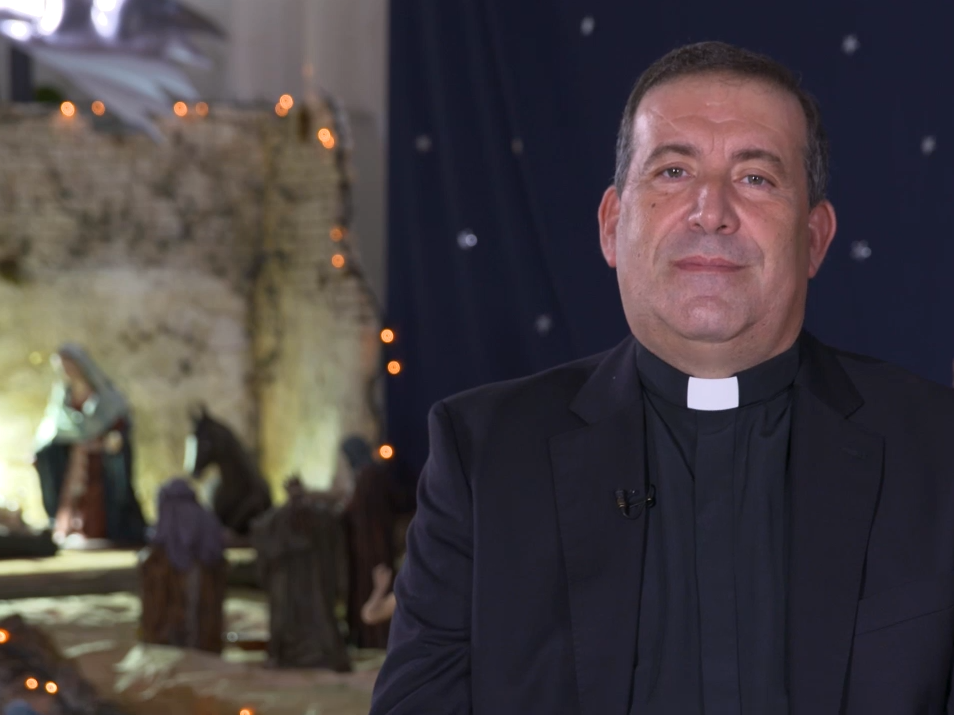
The Holy Father has appointed as bishop of the Diocese of Ibiza, Spain, the Reverend Vicente Ribas Prats, until now diocesan administrator of the same see.
Curriculum vitae
Msgr. Vicente Ribas Prats was born in Ibiza on May 12, 1968. On October 12, he was ordained a priest.
He has held the following offices: parish vicar of Santa Cruz in Ibiza (1996-2000); chaplain of the Colegio Sa Real and delegate for vocational pastoral care (2001-2020); parish priest of Santa Gertrudis and San Mateo, and parish administrator of San Miguel (2000-2006), and parish priest of the latter, member of the College of Consultors, archpriest of Santa Eulália Mártir (2006-2020), subsequently parish priest of the latter and again of San Mateo (2008-2020); canon of the Cathedral Chapter (from 2009); vicar general (2010-2020) and, from February 4, 2020, to date, diocesan.
Related
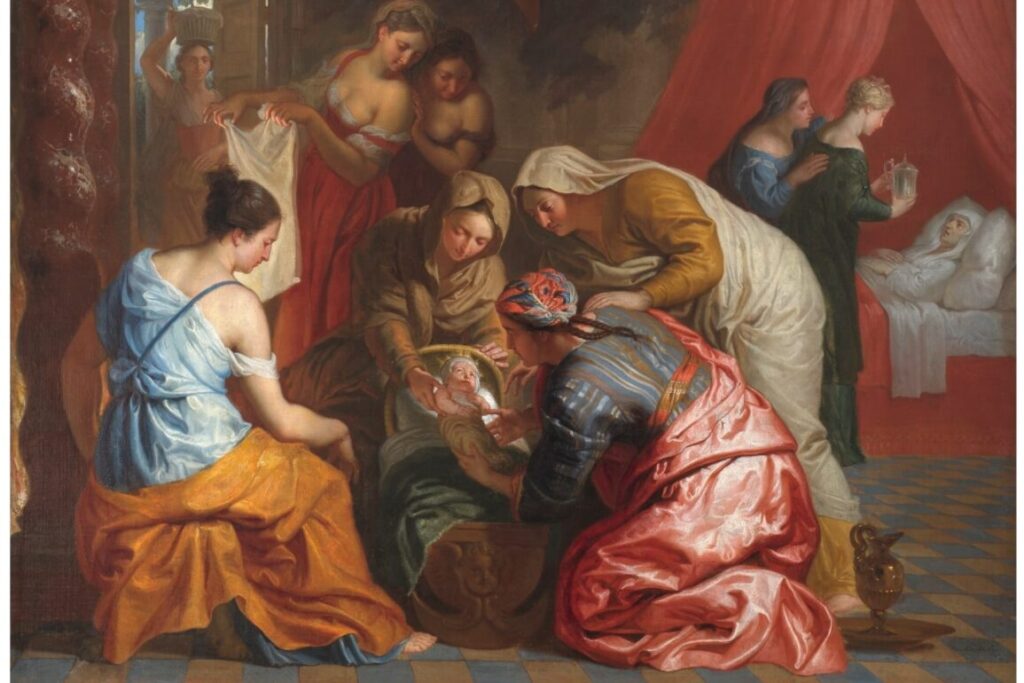
Nativity of the Virgin Mary: Fulfillment of promises
Gonzalo Martín
08 September, 2024
3 min
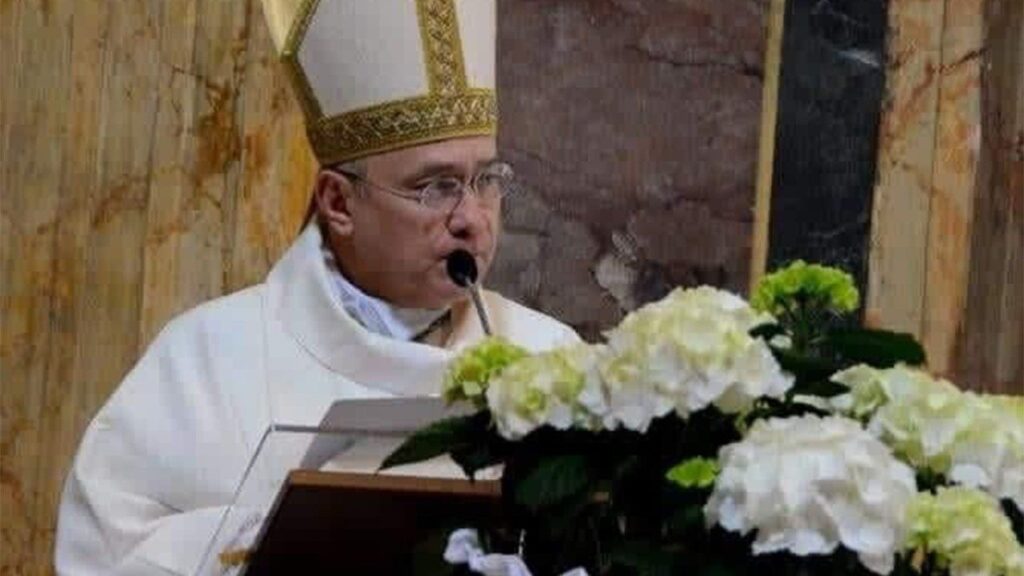
“Let us pray to the Virgin to protect the Church, the Pope, this nation and the entire world”
Exaudi Staff
15 July, 2024
5 min
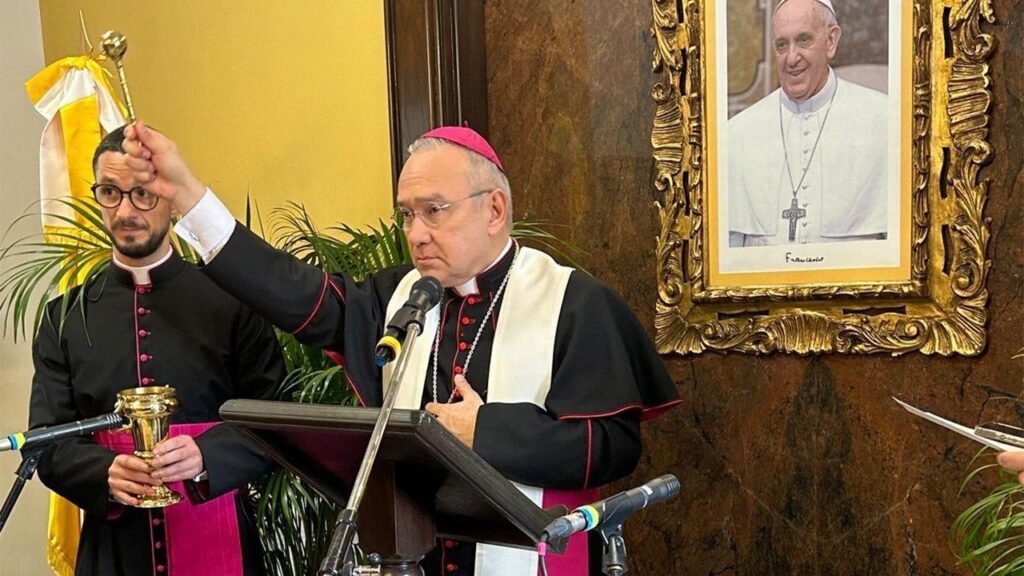
Spiritual closeness of Pope Francis on the occasion of the reopening of the Pontifical Representation in Honduras
Exaudi Staff
14 July, 2024
4 min
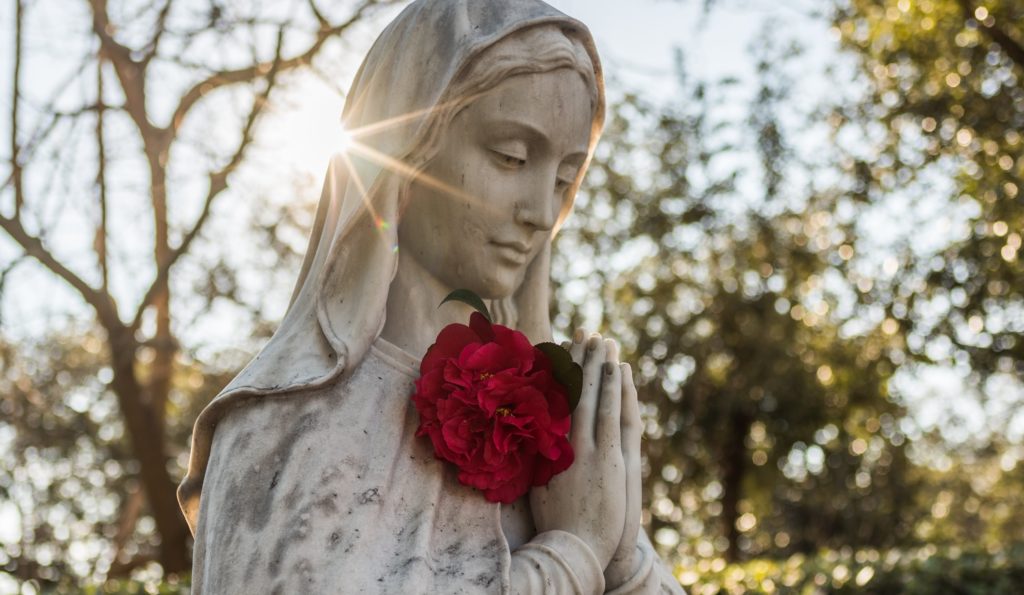
Immaculate Heart of Mary
Israel Risquet
08 June, 2024
3 min
 (EN)
(EN)
 (ES)
(ES)
 (IT)
(IT)

